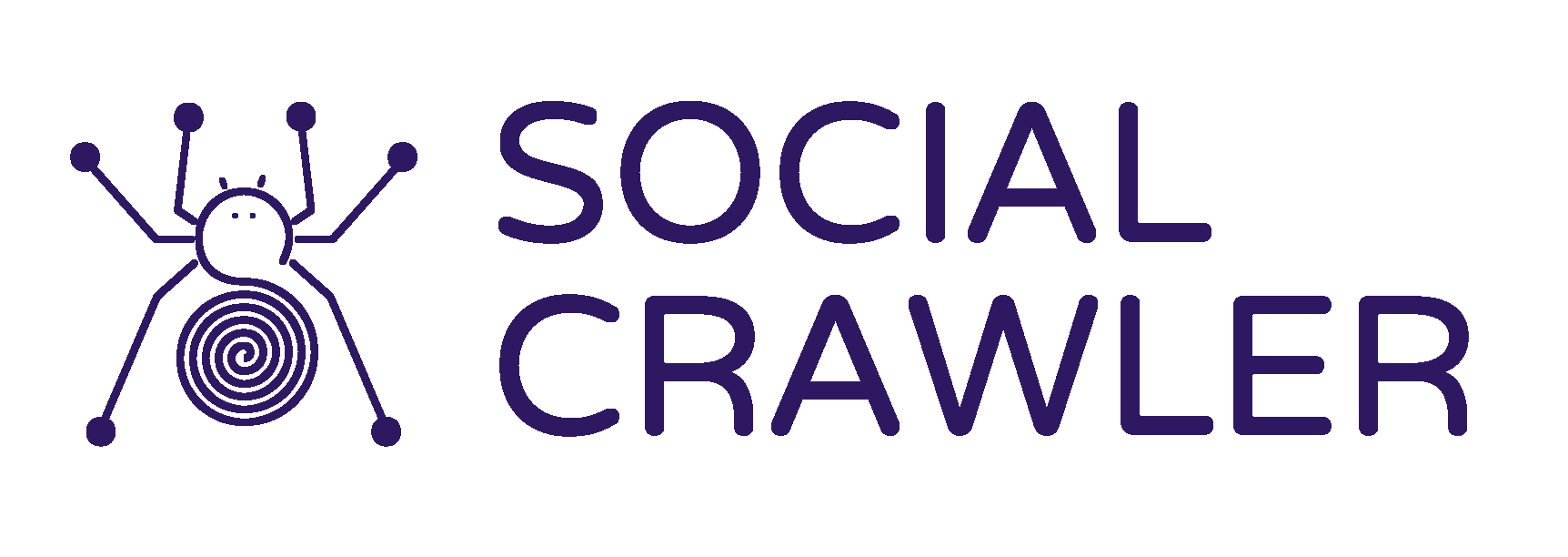If you own a business or manage its marketing department, chances are, you’re already familiar with the significance of the most crucial online asset your business has – your website.
But is simply having a website enough?
A BIG NO!
Your website is not merely an expense. It’s an investment. In simple terms, your website shall help you generate leads, convert them into successful sales, improve brand awareness, and most importantly, offer a positive return on investment (ROI)!
Even so, a considerable percentage of marketers today, do not know how to calculate website ROI correctly. As a result, a lot of businesses fail to get valuable insights into their website or measure the success of their marketing efforts.
In this blog, we walk you through all the ins and outs of ROI, including how you can calculate it, and what strategies must be followed to improve it.
So, let’s get started!
What is ROI?
ROI, in general, refers to a profitability ratio between net income and investment. To be more precise, it is the ideal key performance indicator (KPI) that determines the success of an investment.
Like any other investment, your website’s ROI is an important metric. Not only does it help you measure the investment yields of your website relative to its cost but also lets you track your website’s progress, know its pitfalls, and improve your marketing strategy from scratch.
When you have a professionally designed website and you market it the right way, you witness an increase in site visitors, which, in turn, gives way to higher conversions and enhanced brand awareness – all of which directly impacts your website’s ROI.
How to Calculate Your Website’s ROI?
Most of the time, the formula to calculate a website’s ROI boils down to this simple math equation:
ROI = (Profit generated from the site – Cost of investment)/ Cost of Investment
Here, the numerator refers to the net profit of your website, which is simply the revenue minus costs. The denominator, on the other hand, indicates the cost of investment, which is the total amount spent on creating, redesigning, and marketing the website in a stipulated period.
Once you’re done with the calculations, you’ll have your website ROI right in front of you. Depending on your needs and preferences, you can represent your ROI as a percentage, a ratio, or in the form of graphical and pictorial illustrations.
Having said that, determining your website’s ROI is definitely not a cakewalk! Although the cost of investment is a pretty straightforward figure, a lot of factors need to be taken into consideration (like hidden costs, productivity, efficiency, etc) for calculating the net profit.
A positive website ROI indicates your website is adding value to your business, while a negative ROI suggests there’s a need for improvement. Whatever the case might be, you can always use this information to constantly upgrade your site.
5 Strategies to Improve Your Website ROI
Wondering what exactly you must do to improve your website’s ROI? Below, we mention five effective strategies that’ll help you go about it, as well as achieve your desired objectives:
Optimize Your Website for SEO
One of the most direct ways to improve your website’s ROI is to optimize your site for SEO. When your business’s website ranks higher in SERPs organically ( i.e. without spending any money), your visibility shoots up and you get access to high-quality leads. With the help of keyword integration, responsive web design, internal & external linking, and more SEO-oriented techniques, you can entice your visitors to take the desired action.
Understand User Search Intent and Create Content Accordingly
By now, you must have understood that the higher the user engagement, the better your website’s ROI. And this leads to a very basic conclusion – in order to drive more audiences to your website, you must create content keeping them in your mind! It is only when you understand user intent and provide helpful, informative content that users actually start engaging with your website and even turn into paying customers.
Make Speed a Priority
Another area that shouldn’t be overlooked is your website’s speed. From bounce rate to Google rank to user experience, speed impacts everything. After all, nobody wants to visit a website that takes its own sweet time to load! Factors like appropriately sized images, image caching, removing unnecessary code, and lazy load images must be taken care of while trying to improve your website’s speed.
Use Social Media Integration
Utilizing social media integration is a brilliant way to let your users become your marketers! Sounds crazy, isn’t it? Well, when you place your social media handle links in your footer and make your website share-friendly, you not only make it easier for them to find you on social media but also allow them to share content from your website to other platforms and thereby promote your business. Not to mention, all of this contributes to your website’s ROI.
Use a mobile-friendly design
Since most people spend 70% of their Internet time on mobile devices like smartphones and tablets, it is highly recommended to have a site that functions appropriately for these devices. Using a mobile-friendly website design plays a significant role in allowing users to navigate through your website seamlessly, which, in turn, boosts both user experience and ROI.
Want your online business to experience next level-growth?
Partner with our team of expert digital marketing specialists at Social Crawler, and get ready to witness a striking revamp of your website! Let’s turn your website into the gateway of higher sales, higher revenue, and of course. Give us a call at +91-8687222220 or drop us an email or free website audit to begin this journey together.



